Singapore is an amazingly polarizing country for travellers. Some travellers I talk to about it absolutely love it because it’s hyper-modern, safe, and filled with useful amenities. But others land expecting classic Southeast Asia prices and get hit with reality fast: Singapore is expensive. In fact, it’s one of the MOST expensive cities in the world.
Luckily, you can also have a great experience in Singapore on a budget if you know how to navigate the city properly. In this guide, I’ll give you the lowdown on seven tips to keep in mind to enjoy Singapore while spending less than $60 per day, including accommodation.
 Singapore’s upscale aura – but there’s still something for everyone (schlenger86/depositphotos)
Singapore’s upscale aura – but there’s still something for everyone (schlenger86/depositphotos)1. Utilise surprisingly cheap public transport ($4/day)
Since Singapore is generally very expensive, most people don’t realise how cheap the public transport is. The table below shows the fee for each trip, which is based on total distance.
Tip: Just tap your credit or debit card on the card reader when you board the bus or enter the metro station, and tap it again when you leave.
If needed, you can tap in – tap out on multiple vehicles during the same journey, and you will only be charged one fare for the total distance covered. For example, a 10-kilometre metro ride would cost the same as a 3-kilometre metro ride + 7-kilometre bus ride.
| 0-3.2 km (0-2 mi) | $0.50 |
| 3.3-7.2 km | $0.07/km |
| 7.2-27.2 km | $0.05/km |
| 27.3+ km | $0.07 flat fare |
Even with multiple transfers, most inner-city trips cost $0.50-$1.00. A 40-kilometre cross-island trip would only cost $1.90.
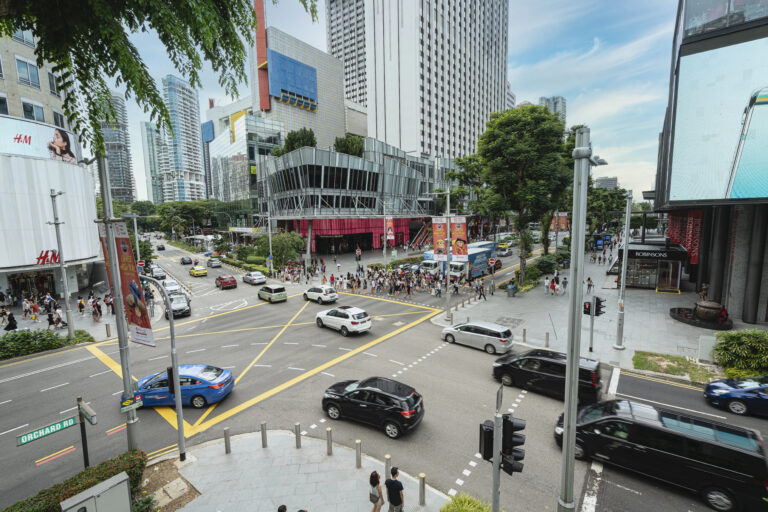 Orchard Road streetscape (sergiodv/DepositPhotos)
Orchard Road streetscape (sergiodv/DepositPhotos)Note: There’s no need to buy a reloadable transit card. These used to be useful before credit and debit cards became compatible with Singapore’s transit systems, but now they’re no longer necessary for those with a credit/debit card.
You can also buy an unlimited transport card good for 1-5 days. The three-day unlimited Singapore transit card costs $22, so it’s only cost-efficient if you’re going to be travelling around a lot. If you buy the card online, there are many kiosks (including 3 at the airport) to pick it up when you’re in Singapore. Kiosk locations are listed on the product page.
The public transport system has incredibly thorough coverage, too. Singapore has stops every few blocks, which means that you can get to a bus or metro from almost anywhere in the central city in 1-4 minutes.
And once you’re at a stop, you won’t have to wait long; the metro lines run every 2-6 minutes and buses run every 5-15 minutes. The waiting times for the next vehicle are always displayed at the stops, and the times are always accurate to the minute. To me, this was the most impressive example of Singapore’s superior urban infrastructure. This, combined with the city’s great traffic management, means trips are prompt and fast.
If this cheap, convenient, and fast transit system seems almost too good to be true, I totally relate; that’s the way I felt the entire time I was in Singapore.
Accommodation in Singapore can easily cost 4X more than in Malaysia, Thailand, or Indonesia. That’s why hostels are not just used by backpackers but also digital nomads, business travellers passing through, or short-stay visitors who’d rather put their money into food and experiences.
Check out this roundup of the best hostels in Singapore, hand-selected by Indie Traveller founder Marek. The ones below are some of our personal favorites from that list.
2. Rent a bicycle ($1/day)
“E-bikes” in bike racks spread around the city that let you check out bikes via an app are commonplace in major cities these days. Singapore’s e-bike system is the best I’ve seen yet, though.
First of all, the painted e-bike parking zones known as “yellow boxes” are conveniently located. Singapore has two major e-bike providers, Anywheel (the white/green bikes) and HelloRide (the white/blue bikes).
Singapore’s Land Transport Authority made sure to create enough of them that there’s almost always one within 100 metres of you. Common locations for yellow box parking zones include:
- MRT station exits and major bus interchanges (almost all have them within 50 m). This makes the bikes perfect for covering the last few hundred metres from public transit to your destination
- Tourist hotspots (Marina Bay, Bugis, Orchard, Chinatown, etc.)
- Apartment blocks
- Community centres
- Park entrances
- Shopping malls
An interactive map in the Anywheel or HelloRide app can also help you find the nearest yellow box. Just zoom in on the map and the locations will be highlighted in green.
Secondly, the e-bikes are cheap. I used the HelloRide app during my visit, and I bought a seven-day unlimited pass for $4.75. A three-day pass is $2.85. The passes allow unlimited rides as long as each ride is 30 minutes or less. After 30 minutes, you’ll be charged $0.35/10 minutes.
Pro tip: If you return the bike to a yellow box and check it out again before 30 minutes are up, you start a new trip for which you won’t be charged. So you can ride around all day with no additional fee as long as you “renew” the bike every 29 minutes!
Thirdly, riding a bike around Singapore is a scenic and immersive way to see the city. There are cycling lanes on most sidewalks, along most streets, and even through some malls. Cruising them is the best way I found to enjoy all the urban green spaces, creative architecture, and modern planning of the city.
E-bikes are also a great way to explore Singapore’s more natural areas. A few of the best nature rides to do on e-bikes are:
- East Coast Park Waterfront – Long stretches of sea views, beach vibes, shady trees, and food stops. Easy, flat, good for relaxing rides
- Pulau Ubin – The most scenic on this list. Rustic trails, coastal mangrove forests, and wildlife. Great if you want nature and adventure, but you need to take a ferry (bikes allowed) to get there
- Sengkang Riverside Park – Wetlands, riverside views, and lush greenery. Good mix of man-made and natural beauty
- Bishan-Ang Mo Kio Park Connector – The most easily-accessible on this list. A mix of river views, parks, and manicured gardens on flat terrain between two beautiful central parks
3. Enjoy all the free activities ($0/day)
Singapore could easily be considered the most ‘developed’ city on Earth, so it’s only natural that it has a lot of expensive attractions. But one other thing that’s often true of highly-developed cities is that they are able to offer plenty of free attractions or nice public spaces.
Singapore is a great example; if visitors make an effort, they can find a treasure trove of free activities around the city, many of them facilitating a more authentic local experience.
FREE museums and exhibits in Singapore
The table below lists 11 good museums or exhibitions in Singapore that are FREE for tourists.
| Singapore Art Museum | A full museum with contemporary and interactive art. | 10 am – 7 pm (until 9 pm on Fridays) | Bras Basah |
| National Gallery Singapore (Certain Areas) | Access basement galleries, art education centre, a video exhibit, and rooftop gardens for free. | 10am – 7 pm | City Hall |
| Singapore City Gallery | Urban planning museum with city models and architecture exhibits. | 9 am – 6 pm | Tanjong Pagar |
| Gillman Barracks | Contemporary art in an old army barracks. | 10 am – 7 pm | Labrador Park |
| MINT Museum of Toys | The museum’s shop gallery has displays with collectible toys and nostalgia pieces; full museum costs $20. | 9:30 am – 6:30 pm (closed on Mondays) | Bras Basah |
| Buddha Tooth Relic Temple & Museum | Huge temple complex showcasing Buddhist art, relics, and culture. | Temple: 7 am – 7 pmMuseum: 9 am – 6 pm | Chinatown |
| Singapo: Chinese-Singaporean Culture | The main exhibit in the Chinese Cultural Centre with art, history, and interactive exhibits. | 10 am – 5 pm (closed on Mondays) | Tanjong Pagar |
| Civil Defence Heritage Gallery | History of Singapore’s fire and police departments. Old fire trucks and interactive exhibits. | 9 am – 6 pm (closed on Mondays) | City Hall |
| XM Studios Superhero Gallery | An extremely high-quality gallery of life-size superhero statues, props, and memorabilia. | 11 am – 8 pm (closed on Mondays) | Marina South |
| Singapore Maritime Gallery | Museum on Singapore’s very successful naval and shipping industry and its evolution, with well-crafted interactive exhibits. | 9 am – 6 pm (closed Mondays) | Harbourfront |
 Marina Bay’s power combo: the iconic Sands skyline and the lotus-shaped ArtScience Museum (joeahead88/DepositPhotos)
Marina Bay’s power combo: the iconic Sands skyline and the lotus-shaped ArtScience Museum (joeahead88/DepositPhotos)
The National Gallery Singapore, located in the Downtown Core, houses an extensive collection of Singaporean and Southeast Asian art.
My favorite among these is the Singapore City Gallery. An urban planning museum doesn’t sound too exciting, but some of the policies Singapore institutes are just astonishing. For example, did you know that any land developer in Singapore is responsible for planting as much greenery on or around their building as they displaced when clearing the site?
The production quality of the exhibits is great, and it’s a fantastic way to learn about Singapore’s urban culture.
Free nature activities in Singapore
For such a bustling city, Singapore has done an unbelievably good job of preserving large green spaces that you can spend an entire afternoon biking, walking, or relaxing in for free. The best part: even though these spaces feel very naturalistic, they are in the city centre so you won’t need to travel far to get there.
Some of the best Singapore green spaces that deftly mix entertainment with nature exploration (in other words, more than just hiking trails) are:
Singapore Botanic Gardens
I’ve always loved a good botanical garden. Roaming a huge park that’s divided into distinctive themings appeals to the explorer in me, but only if the sections really are well-defined and well-taken-care of. I’m happy to say that Singapore’s gardens do a better job of that than any other ones I’ve seen in Asia.
The park is big enough to wander all afternoon without seeing even half of it, and the different areas each have their own identity: there’s a rainforest area, areas for plants from every continent, a fossil garden, heritage villages, a bamboo grove, the list goes on. The amount of time and labor it must take to keep it all looking spick and span is mind-boggling.
Gardens by the Bay
I think this might be the world’s most successful attempt at weaving nature into an urban environment. I am absolutely gobsmacked by the fact that Gardens by the Bay is so spacious, so biologically diverse, has so many garden paths, wetlands, and wide-open groves of lush greenery… All while being right next to one of the most heavily developed urban areas I’ve ever seen (Marina Bay Sands).

 Singapore’s Cloud Forest and waterfall feature inside the conservatory at Gardens by the Bay
Singapore’s Cloud Forest and waterfall feature inside the conservatory at Gardens by the BayA few of the best attractions within:
- Supertree Grove, the iconic headliner. There’s a free light show here at 7:45 pm and 8:45 pm daily
- The Canyon, sculptured rock features offering arid desert vibes
- Heritage Gardens, which tells stories about Chinese, Malay, and Indian cultures through botany
- Dragonfly Lake, a quiet boardwalk
- Children’s Garden, with treehouses and playgrounds. Great for families
Two ticketed areas (e.g. The Cloud Forest and Flower Dome) cost $35 when bundled together. Impressive, but not worth it for budget travelers. There are better uses for your money in Singapore
Southern Ridges (Henderson Waves)
The Southern Ridges cover 10 kilometres of trails linking three parks along Singapore’s southern ridge — basically a long, sweaty walk with killer views.
 The iconic Henderson Waves bridge linking Telok Blangah Hill Park to Mount Faber Park in Mount Faber rainforest
The iconic Henderson Waves bridge linking Telok Blangah Hill Park to Mount Faber Park in Mount Faber rainforest Every section of this walk that starts at Kent Ridge Park and ends at the Harbourfront MRT has its own mood. You’ll go through the well-manicured greenhouses and trimmed hedges of Hort Park, the sweltering rainforest sky bridges of Telok Blangah Hill Park, the expansive and panoramic Henderson Waves (as seen in the photo below), and the quaint “country club” vibe of Mount Faber Park.
It’s easily Singapore’s most scenic long walk, and maybe the most iconic hike in the country.
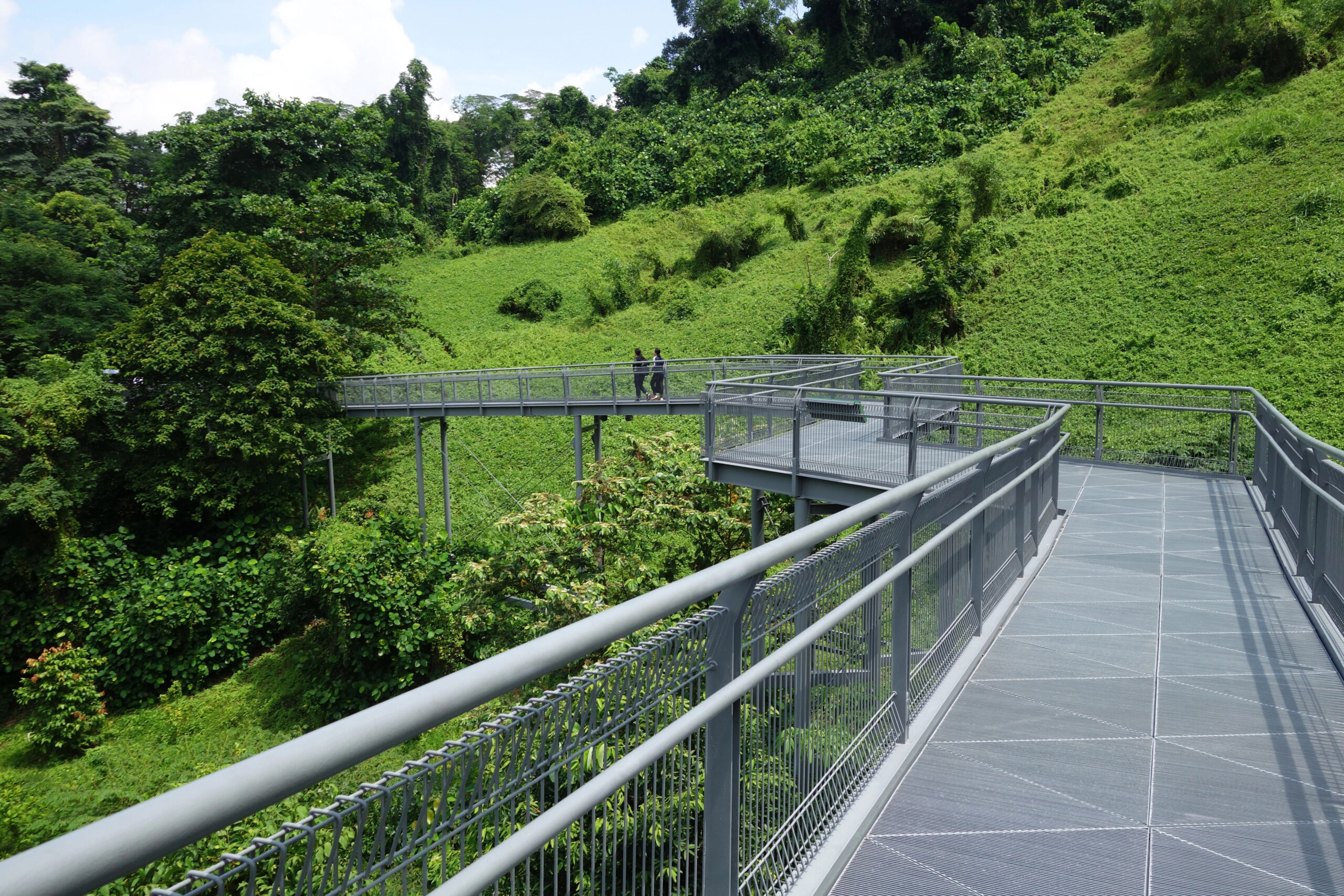 The Forest Walk, an elevated rainforest sky bridge offering a canopy view at Telok Blangah Hill Park (tang90246/DepositPhotos)
The Forest Walk, an elevated rainforest sky bridge offering a canopy view at Telok Blangah Hill Park (tang90246/DepositPhotos)Pro tip: Walk the Southern Ridges during late afternoon, arriving at Henderson Waves around sunset (6:45–7 pm). It’ll be cooler and the bridge is beautifully lit at night.
Labrador Nature Reserve
This park mixes tropical greenery with crumbling World War II relics that history fans will love and a breezy seaside path. One minute you’re ducking into an old gun battery, the next you’re staring out at the ships dotting the Singapore Strait. It’s quiet, oddly atmospheric, and one of the few coastal green escapes left in Singapore.
Jewel Changi
I knew Singapore had a big waterfall in the airport, but I thought it was a gimmick until I visited recently.
I found that the world’s tallest indoor waterfall is not even the main attraction of the Jewel – the lush, misty valley and kilometres of paths that snake through tropical foliage are. It’s just incredible that all this is inside an airport!
 The Rain Vortex, a 40m-tall indoor waterfall inside the Jewel of Singapore Changi Airport (phuongphoto/DepositPhotos)
The Rain Vortex, a 40m-tall indoor waterfall inside the Jewel of Singapore Changi Airport (phuongphoto/DepositPhotos)4. Explore Singapore’s cultural neighbourhoods ($7/day for food)
Singapore is a very multicultural city – 74% of the population is ethnically Chinese, 14% ethnically Malay, 9% Indian, and 2% a mix of other cultures. It’s no surprise, then, that it has more than a few cultural neighbourhoods that are like living museums.
In fact, walking through one of the neighbourhoods and ducking into a few landmarks there will provide you with a more authentic experience than any staged exhibit could.
The table below lists a few of Singapore’s most famous cultural neighbourhoods, along with the most culturally immersive free attractions and inexpensive dining destinations in each.
| Chinatown | – Buddha Tooth Temple & Relic Garden – Ann Siang Hill Chinese shophouses – Telok Ayer ancient street | Maxwell Food Centre | Chinatown MRT |
| Little India | – Bustling Serangoon Road – Sri Veeramakaliamman Temple – Little India Arcade for traditional shops | Tekka Centre Hawkers | Little India MRT |
| Kampong Glam (Arab-Muslim) | – Sultan Mosque – Haji Lane for murals and textiles – Gelam Gallery street murals | Singapore Zam Zam | Bugis MRT |
| Geylang Serai (Malay) | – Geylang Serai Market for fabrics and spices – Wisma Geylang Serai, a culture centre with free exhibitions – Hari Raya Bazaar night market | Geylang Serai Food Centre | Paya Lebar MRT |
| Joo Chiat (Peranakan, native ethnicity of Singapore) | – Koon Seng Road for traditional Peranakan shophouses – Chapel of the Holy Family – East Coast Road for Peranakan decor | 328 Katong Laksa | Dakota MRT |
For a more structured tour experience, I’d recommend Guru Walk’s Singapore walking tours. The tours mostly cover cultural neighborhoods like Chinatown and Joo Chiat, and they’re also a good way to explore Singapore’s more mainstream urban culture.
They’re technically free, as they operate on a pay-what-you-want basis. You may want to throw your guide $10 or $15, though, if you can afford to stretch your budget a bit.
This 2.5h walking tour illustrates how Singaporeans build their lives, or as the tour puts it, how they ‘Live, Work, and Play’—hitting cultural cores like Chinatown’s shophouses, sleek business centers, and the city-side of Singapore.
GuruWalk doesn’t have a set price, but at the end you can give the guide the amount you consider appropriate depending on your satisfaction.
5. Go to Hawker Centres ($15/day)
Note: The $7 cultural meal from above is not included in this $15 price.
Like many activities in Singapore, eating at restaurants there is just not cost-feasible for those on a budget. But the city also has a lot of communal food courts called “hawker centres” that serve delicious, filling meals at a fraction of the price of restaurants.
$4-6 will generally get you a hearty entree at a hawker centre. A few of the most iconic and delicious Singapore specialties that can be found at nearly any hawker centre for this price are:
- Hainanese Chicken Rice – Poached chicken served with fragrant rice cooked in chicken fat and broth, typically paired with chili sauce and ginger paste. This is easily my favorite Singaporean dish since the chicken is always unbelievably tender, and it’s also EXTREMELY affordable – often just $3.50.
- Char Kway Teow – Stir-fried flat rice noodles with egg, Chinese sausage, and seafood in a smoky soy sauce.
- Laksa – A spicy coconut curry soup with rice noodles, shrimp, and fishcake. Another of my favorites.
- Hokkien Mee – Stir-fried egg noodles and rice noodles in a rich prawn and pork broth, served with lime and chili paste on the side.
Hawker centres are also fantastic for authentic cultural immersion. At most of them, you get access to food descended from China, Malaysia, India, Thailand, and more. In other words, a culinary embodiment of Singapore’s melting pot culture. My recommendations for the best “melting pot” hawker centres are Lau Pa Sat and Golden Mile Food Centre.

Pro tips: Buying satay sticks in the evening from the Satay Street next to Lau Pa Sat is like a local rite of passage. The delicious satays cost $0.70 each.
At some of the hawker centres in the ‘culture-specific’ neighbourhoods discussed in the last section, you’ll find foods that are tied to that culture’s cuisine. For instance, Tekka Centre in Little India has amazing biryani, rojak, and hot chai tea. The People’s Park Food Centre in Chinatown has amazing Xiao Long Bao dumpling soup and Chinese herbal teas.
6. Camp ($30/day)
Singapore hotels are expensive, starting at $35 for the cheapest hostels and $65 for private rooms. We have an entire blog post about budget hostels in Singapore for those willing to spend that, but some backpackers just can’t.
That’s where Singapore camping comes in.
Camping costs only $20-30/night, including equipment rental. And Singapore has dealt with all of the big problems that make the vast majority of Southeast Asia unsuitable for camping, including:
- Heat + Humidity – Singapore’s eco-friendly urban planning makes the air in the city cooler and cleaner than other Southeast Asian cities. Their policies promote planting greenery and creating man-made bodies of water, and all that oxygen production and natural cooling make the air 2.84° C (5.1° F) cooler and more pleasant to breathe.
- Noise Pollution – Singapore is more mellow than other cities. It isn’t subject to much noise pollution, especially in the island parks designated as tourist campgrounds.
- No Mosquitoes – In Singapore, it’s actually a fineable offence to have mosquitoes breeding in your building; government inspectors will do surprise checks every now and then. This policy has made most of Singapore blessedly mosquito free, a huge relief to me after travelling Southeast Asia for a decade. No mosquitoes make camping a much better experience.
- Safety Issues – Singapore is one of the safest countries in the world, with virtually non-existent crime rates and a strong public safety presence. Even petty theft is extremely rare, and camping areas are regularly patrolled by park rangers. You can leave your gear unattended for the day and come back to find it exactly where you left it.
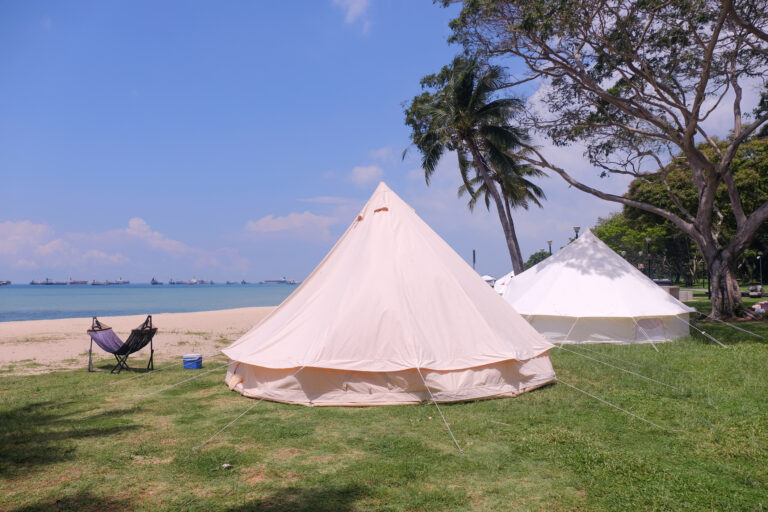 Rental camp tents lined up along East Coast Park in Singapore (Kandl/iStock)
Rental camp tents lined up along East Coast Park in Singapore (Kandl/iStock)Pulau Ubin, an island just a few minutes from Singapore’s mainland, has three parks that allow tourists to camp with a permit:
- Jelutong Campsite: The most central on this list, just a 10-minute walk from the main jetty and village. It’s ideal for first-time campers or those who want to spend time in the city rather than nature.
- Mamam Campsite: The best beach vibes on this list, with salty sea breezes and open views across the Johor Strait.
- Endut Senin Campsite: The most remote and adventurous of the three, Endut Senin rewards the effort of getting there with total seclusion and dense forest surroundings. It’s the best choice for travellers who would rather immerse themselves in nature than the urban side of Singapore.
There are a few campsites in the city, too, but the permits for them are unfortunately only available to Singapore residents. You’ll need to apply for a camping permit through the Pulau Ubin Camping form for tourists at least two weeks in advance of your stay. The application is free.
You’ll also need to rent camping equipment. My recommendation for rental is The Camp Company, because it’s near the jetty to Pulau Ubin. Tent rental is $27/day, and other equipment is available for rental too.
They also offer package deals for good discounts. For example, a “couple’s package” of a four-man tent, portable lamp, pillows, two throw blankets, and a ground sheet is $45/day, and two couple’s packages is $65/day.
7. Use a refillable water bottle ($0/day)
Since the tap water in most of Southeast Asia is unsafe to drink, a lot of tourists do not realise that Singapore’s tap water is extremely clean.
In fact, Yale did a study in 2024 where they found Singapore to have the highest quality tap water of any country on earth, thanks to the reverse osmosis water purification process that only Singapore and Saudi Arabia use.
Since you’ll be sweating profusely there, especially if you’re walking around a lot on a budget itinerary, bringing and refilling a metal water bottle will save you a ton of money. Bottles of water cost $2-3 in Singapore, and that cost adds up if you’re drinking 3-4 litres per day like I did.
With Singapore’s tap water safe to drink, a stainless-steel bottle is all you need to avoid unneccessery plastic waste. Hydro Flask is among our favorites — with the 24 oz / 1.2l size hitting the sweet spot for on-the-go use.
Now, if you’re heading somewhere with uncertain water quality elsewhere in Southeast Asia, then the GeoPress Water Purifier Bottle is one of the best travel water filter and purifier bottles. It’s a bit on the pricier side, but it guarantees safe, clean water wherever you go.
What’s more, Singapore is rife with free water refill stations. You’ll generally find them at:
- The large main room of newer MRT stations or bus stations.
- Near restrooms in community centres, common in every neighbourhood.
- Near the entrance to museums or public attractions (e.g. National Museum, Botanic Gardens, Gardens by the Bay).
- Near food courts or restrooms in shopping malls.
- Public sports facilities.
- Near restrooms or visitor centres in public parks.
- University campuses (centrally located SMU is particularly convenient).
By following the tips outlined in this guide, you should be able to easily cut your Singapore trip’s expenses to $60/day, accommodation included.


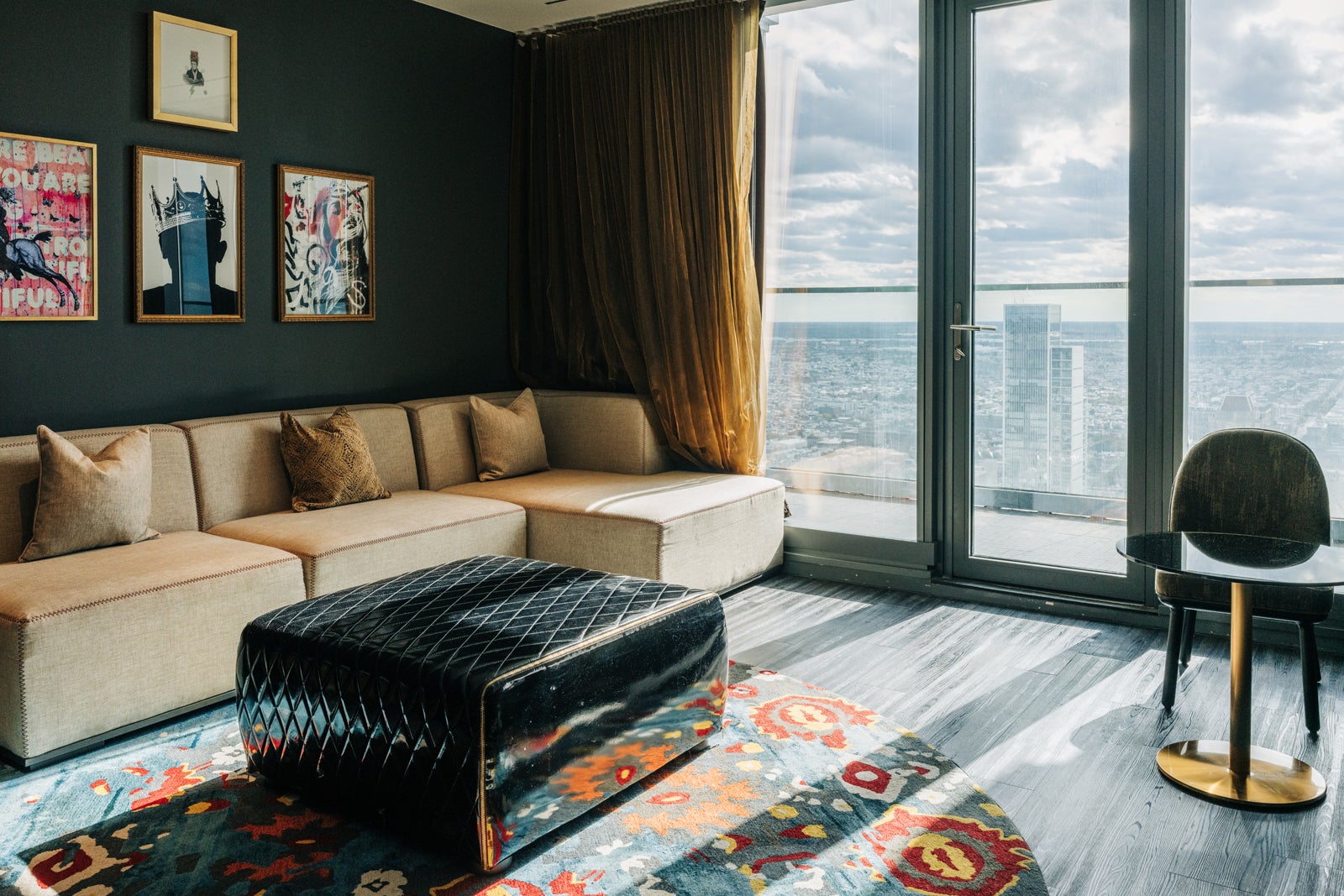
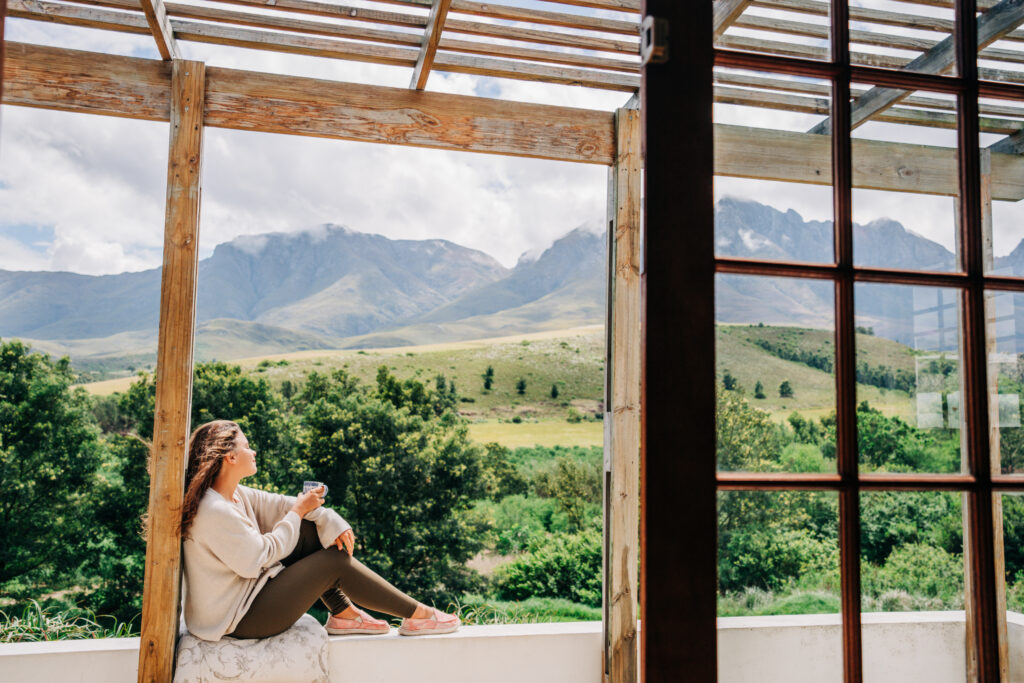

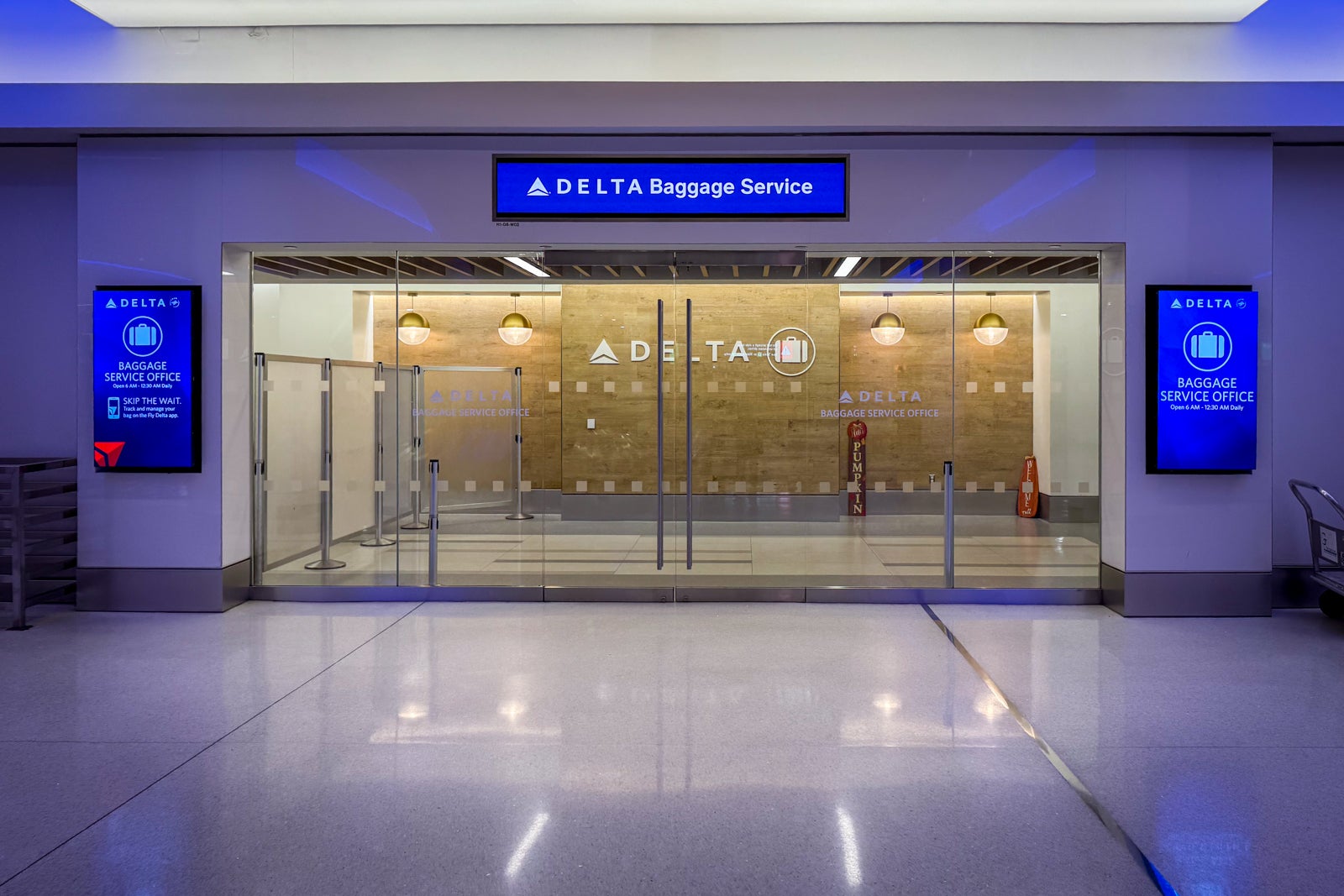




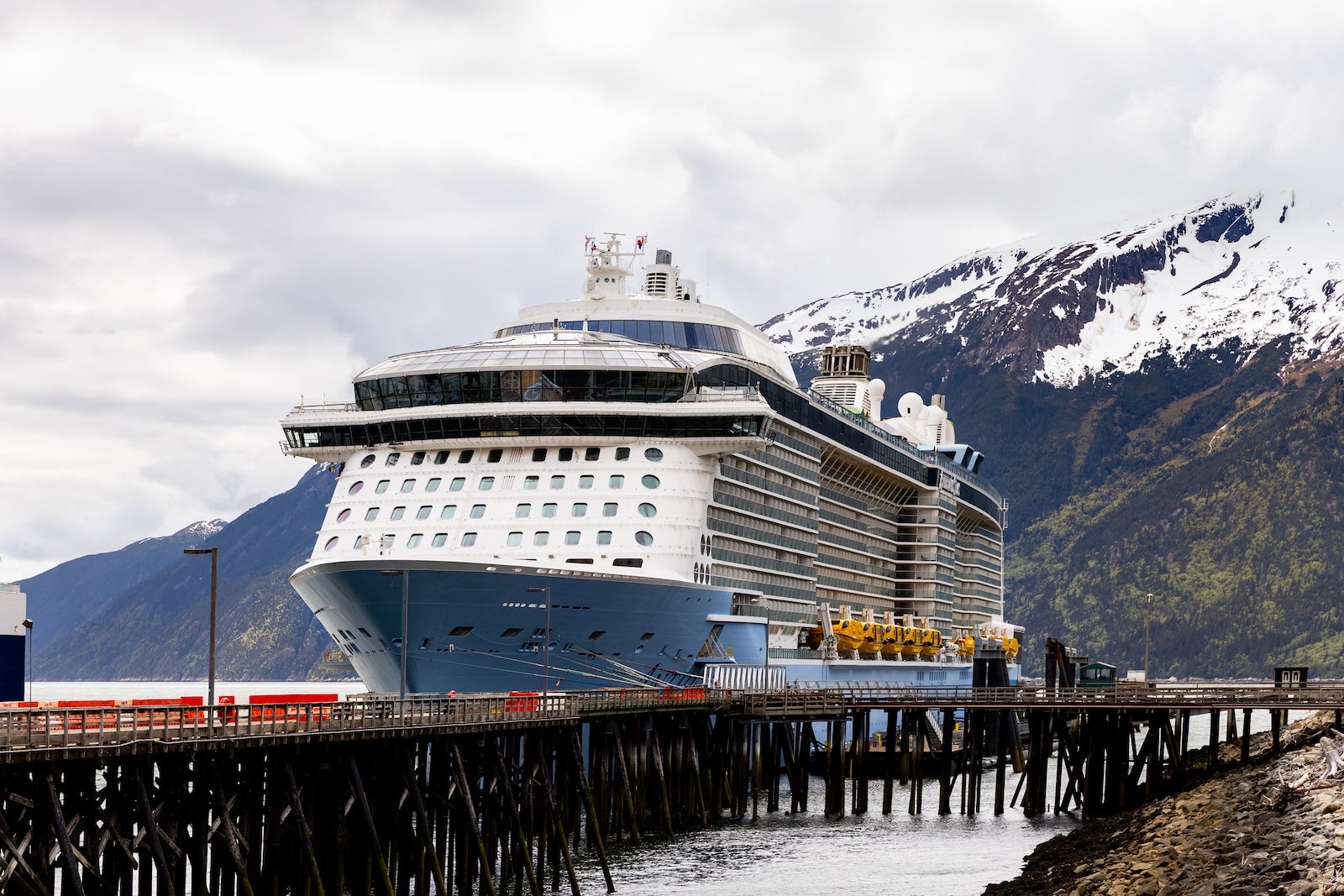
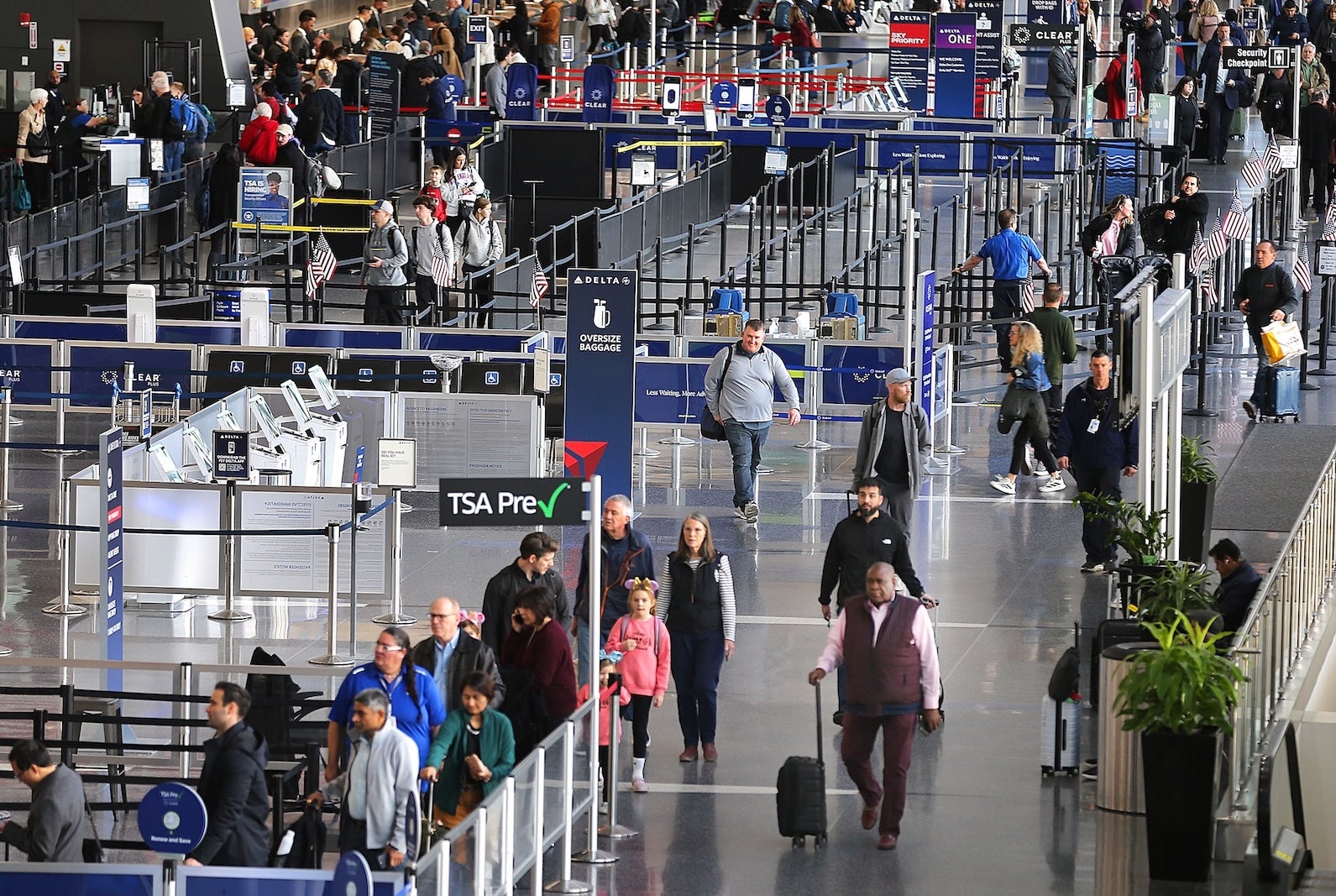




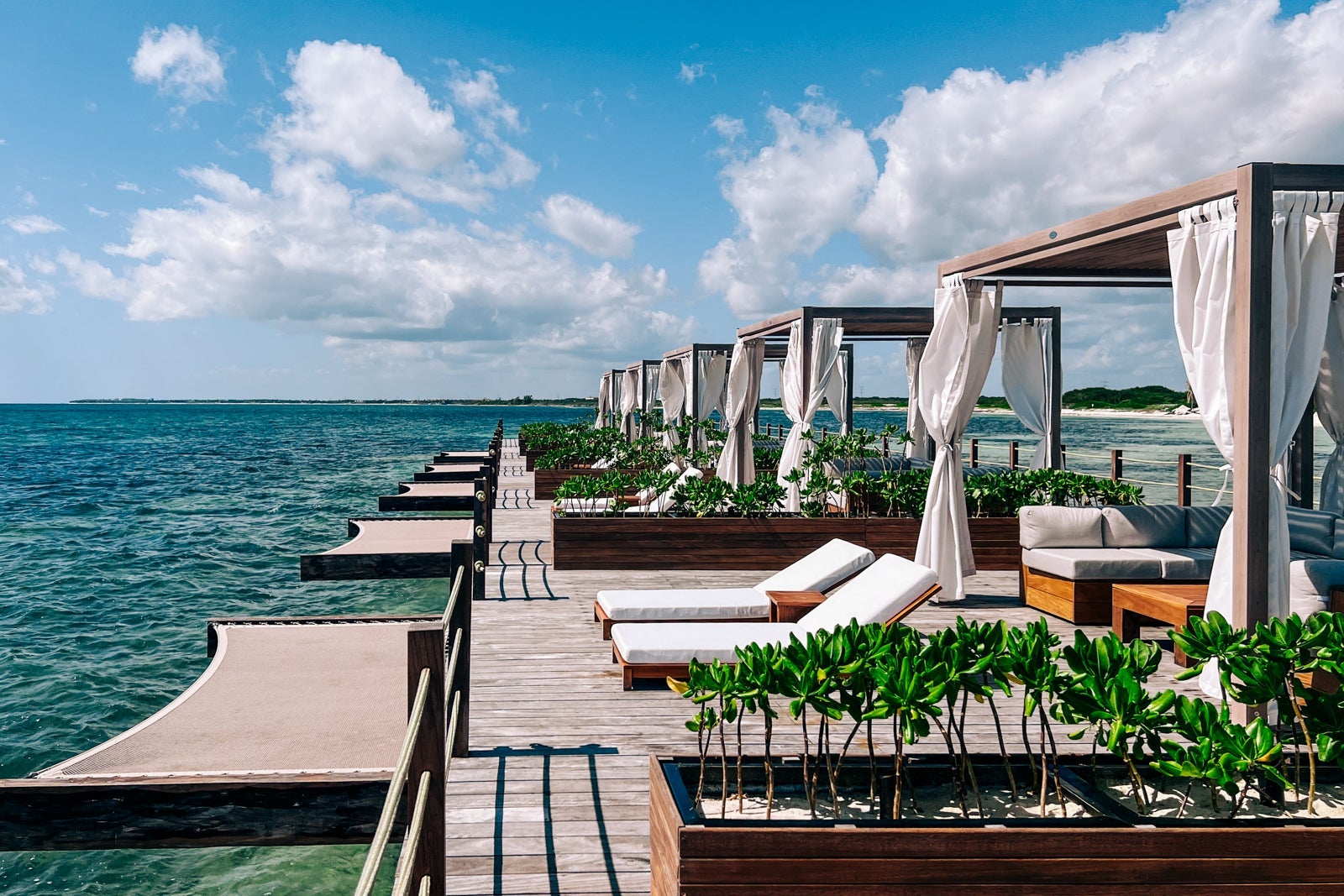


 English (US) ·
English (US) ·